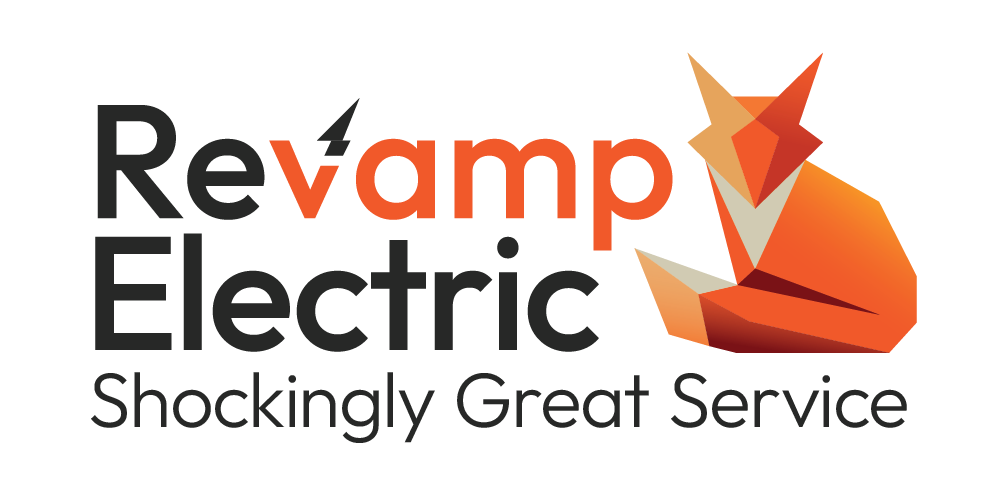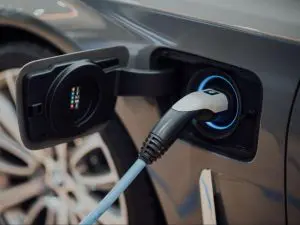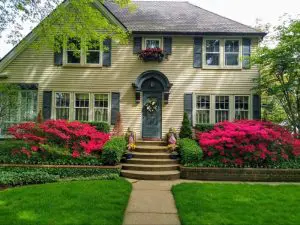In an era where environmental consciousness is on the rise, individuals and households are increasingly seeking sustainable solutions for everyday living. One area where sustainable choices can significantly impact both energy consumption and environmental impact is home lighting. This guide explores the concept of sustainable illumination and delves into eco-friendly lighting upgrades that not only enhance the aesthetic appeal of living spaces but also contribute to a greener and more sustainable lifestyle.
The Importance of Sustainable Illumination
Traditional lighting solutions, such as incandescent bulbs, are notorious for their high energy consumption and short lifespan. In contrast, our friends at Utilities One explain how sustainable illumination focuses on energy-efficient technologies, materials, and practices that minimize environmental impact. The key reasons for embracing sustainable lighting include:
- Energy Conservation: Sustainable lighting sources consume less energy, reducing the overall demand on power grids and decreasing greenhouse gas emissions associated with electricity generation.
- Longevity: Eco-friendly lighting solutions, such as LED (Light Emitting Diode) bulbs, have a longer lifespan compared to traditional bulbs. This reduces the frequency of replacements, lowering the environmental impact of manufacturing and disposal.
- Cost Savings: While eco-friendly lighting solutions may have a higher upfront cost, they result in long-term savings due to lower energy consumption and reduced replacement frequency.
- Reduced Environmental Footprint: Sustainable lighting technologies often use materials that are less harmful to the environment, and they can be recycled more efficiently than traditional lighting components.
Eco-Friendly Lighting Upgrades
1. LED Lighting:
LED bulbs are at the forefront of sustainable illumination. They are highly energy-efficient, consuming up to 80% less energy than traditional incandescent bulbs. Additionally, LEDs last much longer, reducing the need for frequent replacements.
2. Smart Lighting Systems:
Incorporating smart lighting systems allows for precise control over illumination. Smart bulbs, sensors, and automation can optimize lighting based on occupancy and natural light levels, further reducing energy consumption.
3. Daylight Harvesting:
Designing spaces to maximize natural daylight reduces the reliance on artificial lighting during daylight hours. This can be achieved through strategic window placement, reflective surfaces, and light-colored interiors.
4. Solar-Powered Lighting:
Harnessing solar energy for outdoor lighting, such as garden lights and pathway illumination, is an excellent eco-friendly solution. Solar-powered lights store energy during the day and illuminate outdoor spaces at night.
5. Energy-Efficient Fixtures:
Upgrading lighting fixtures to energy-efficient models ensures that the entire lighting system operates optimally. Look for fixtures with the ENERGY STAR label, indicating compliance with energy efficiency guidelines.
6. Biodegradable Materials:
Opting for lighting fixtures made from sustainable and biodegradable materials reduces the environmental impact at the end of their lifespan. Bamboo, recycled glass, and other eco-friendly materials are becoming popular choices.
7. Dimmers and Motion Sensors:
Installing dimmer switches and motion sensors can contribute to energy savings by adjusting the brightness based on the required illumination levels and turning off lights in unoccupied spaces.
8. Recyclable Packaging:
Consideration for sustainability extends beyond the lighting products themselves. Choose lighting options that come in recyclable packaging to minimize waste.
9. Energy-Efficient Bulb Disposal:
Proper disposal of old bulbs is crucial for environmental sustainability. Compact Fluorescent Lamps (CFLs) and some LEDs contain small amounts of hazardous materials, so recycling them responsibly is essential.
10. Lighting Design Consultations:
Consulting with professionals for sustainable lighting design can optimize the use of natural light, select appropriate fixtures, and ensure energy-efficient solutions tailored to specific spaces.
The Future of Sustainable Illumination
As technology continues to advance, the future of sustainable illumination holds exciting possibilities. Emerging trends include:
Bioluminescent Lighting:
- Researchers are exploring the use of bioluminescent organisms, such as glowing plants, as a natural and sustainable source of light.
Transparent Solar Panels:
- Integrating transparent solar panels into windows and skylights allows buildings to generate solar power while maintaining natural light.
Energy-Harvesting Flooring:
- Innovations in flooring materials that harvest energy from footsteps could potentially contribute to sustainable lighting solutions.
Cradle-to-Cradle Design:
- Emphasizing cradle-to-cradle design principles ensures that lighting products are designed with the entire lifecycle in mind, from production to disposal or recycling.
Implementing Sustainable Illumination: A Step-by-Step Guide
Step 1: Assess Your Current Lighting Setup
Begin by evaluating your current lighting fixtures, bulbs, and overall design. Identify areas where improvements can be made in terms of energy efficiency and sustainability.
Step 2: Choose Energy-Efficient Bulbs
Transition to LED bulbs, which are not only energy-efficient but also available in a variety of color temperatures to suit different preferences and settings.
Step 3: Optimize Natural Light
Maximize the use of natural light during daylight hours by arranging furniture strategically, using light-colored interiors, and considering window treatments that allow daylight in while minimizing heat gain.
Step 4: Upgrade Fixtures
Select energy-efficient fixtures that complement your aesthetic preferences while prioritizing sustainability. Look for fixtures made from recycled or recyclable materials.
Step 5: Install Smart Lighting Controls
Implement smart lighting controls, including smart bulbs, dimmer switches, and motion sensors, to customize and automate your lighting based on daily routines and activities.
Step 6: Consider Solar-Powered Outdoor Lighting
Explore solar-powered options for outdoor lighting, such as garden lights, pathway illumination, and security lights. These fixtures harness sunlight during the day to illuminate outdoor spaces at night.
Step 7: Dispose of Old Bulbs Responsibly
When replacing old bulbs, follow proper disposal guidelines, especially for CFLs and certain types of LEDs. Many home improvement stores offer recycling programs for these bulbs.
Step 8: Consult with Lighting Design Professionals
For a comprehensive approach to sustainable illumination, consider consulting with lighting design professionals. They can offer tailored solutions, incorporating the latest in eco-friendly lighting technologies and design principles.
Conclusion
Sustainable illumination goes beyond the choice of light bulbs; it encompasses a holistic approach to lighting design, technology, and energy efficiency. By implementing eco-friendly lighting upgrades, individuals can contribute to a greener living environment while enjoying the benefits of energy savings and enhanced aesthetics. The ongoing evolution of sustainable lighting solutions promises a future where homes are not just illuminated but also aligned with principles of environmental responsibility. Embrace the journey toward sustainable illumination, and illuminate your living spaces with a conscious and eco-friendly glow.



